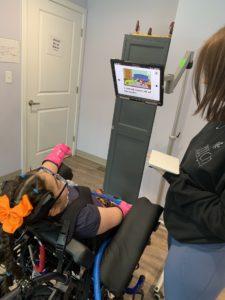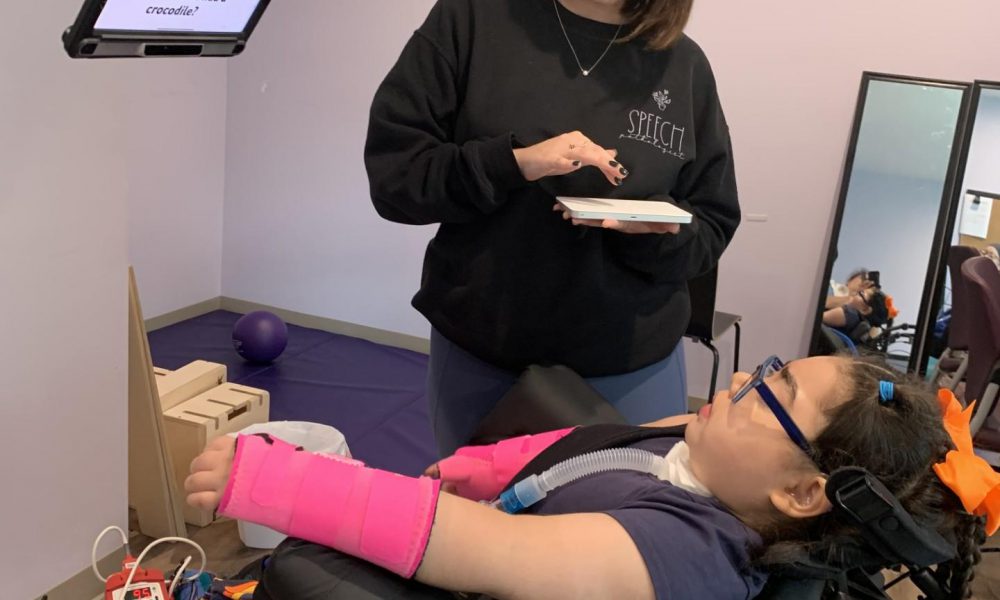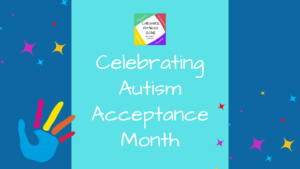October is AAC Awareness Month!
October is Augmentative and Alternative Communication (AAC) Awareness Month! In this blog, we will focus on what AAC is and debunk common myths about AAC.
According to the American Speech-Language-Hearing Association,
AAC stands for Augmentative and Alternative Communication. Augmentative and alternative communication describes multiple ways to communicate that can supplement or compensate (either temporarily or permanently) for the impairment and disability patterns of individuals with severe expressive communication disorders.
AAC Devices Include:
AAC means all of the ways that someone communicates besides talking. People of all ages can use AAC if they have trouble with speech or language skills. Augmentative means to add to someone’s speech. Alternative means to be used instead of speech. Some people use AAC throughout their life. Others may use AAC only for a short time, like when they have surgery and can’t talk.
Information pulled from https://www.asha.org/

Different types of AAC
AAC means all of the ways that someone communicates besides talking. People of all ages can use AAC if they have trouble with speech or language skills. Augmentative means to add to someone’s speech. Alternative means to be used instead of speech. Some people use AAC throughout their life. Others may use AAC only for a short time, like when they have surgery and can’t talk.
There are a lot of different types of AAC. No-tech and low-tech options include things like
- gestures and facial expressions,
- writing,
- drawing,
- spelling words by pointing to letters, and
- pointing to photos, pictures, or written words.
High-tech options include things like
- using an app on an iPad or tablet to communicate and
- using a computer with a “voice,” sometimes called a speech-generating device.
Myths to AAC
Our speech-language pathologist Kelli Krofssik shared some common myths of AAC.
Myth: If my child uses AAC they will not use verbal language
- There have been multiple studies to show that AAC does not reduce speech production and that it can actually increase expressive language
- Causes less frustration and can teach the benefits and meaning behind language and communication
Myth: AAC should only be introduced to older children
- AAC can be introduced to children as early as before 2 years old as a part of early intervention
- If older children did not have success with AAC when they were younger, that does not mean that they can never use it or their ability to use it has passed.
Myth: Children should start with non-tech devices before switching to tech devices
- Children should have access to multiple types of AAC just as anyone uses verbal language, gestures and writing to effectively communicate.
- Children should have access to multiple types of AAC as back up, in cases where the battery
Myth: AAC should only be used at home and in school
- Children should have access to their communication devices in any setting.
- They need to be able to express wants and needs everywhere they go



